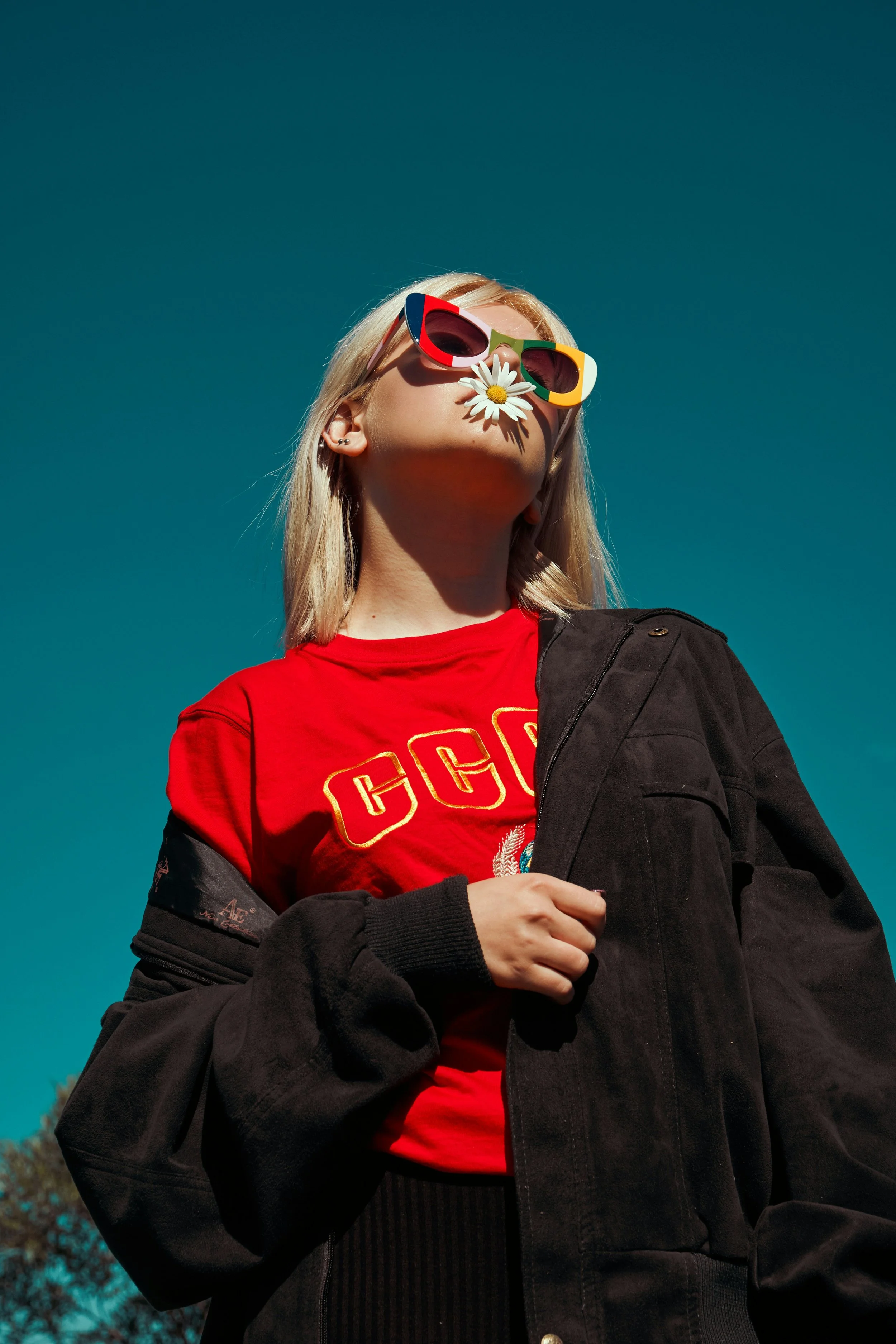Peace at Six
Many, many years ago, I wrote an essay for Design Observer called “What We Can Learn from Project Runway.” I’m not a big fan of reality television, but in that piece I confessed my love for the titular program.
Unlike many others of its genre, Project Runway challenged its participants to create things, rather than destroy people. The unusual project constraints were compelling, mirroring some of the pivots required to be a successful designer IRL.
Around the same time that PR was airing, there was another fashion-oriented reality show called What Not to Wear. This one was less developmentally-focused. The hosts would examine the contents of a single participant’s closet, throw most of it in a trash can, suggest the types of clothing that would better suit their body, and send them shopping.
While this might sound harsh (and it often was), the transformation could be amazing. The final scene of each episode featured the participant making a grand entrance with their new hair, makeup, and wardrobe at a party hosted by anxiously awaiting friends and family. Jaws dropped, tears flowed, and gratitude was expressed for the beginning of a new chapter in life.
A presumably happy ending, you might think. But as the credits rolled a lingering question always hung in the air: What happens after the advisors have left? Will the participant maintain this new routine or return to their old ways?
Clearly the show runners or the co-hosts themselves were thinking about this. Fast forward twenty years and a newly revamped version of WNTW has premiered with a new name – Wear Whatever the F You Want.
This about-face caught my attention. Instead of dispensing professional advice and providing directives for what the participants should or should not do, the co-hosts have been recast in a more coach-like role. They take time to get to know and understand each participant, and then guide them to optimize their wardrobe for the life they want to lead. Instead of meeting others’ standards they only need to meet their own.
The format of WWTFYW is dissimilar from its progenitor in another big way. Once the participant has determined their authentic style, they are encouraged to take things out for a spin – literally spend time wearing what they’ve chosen for themselves and use that experience as a way to discover what feels like a fit in terms of self-expression or personal ambition. It’s amazing to watch the participants transform through this kind of self-determined experimentation, knowing this time it’s probably going to stick.
As a coach I sometimes use a tool called “The Wheel of Life” to help my clients identify (on a scale of 1 to 10) which aspect(s) of their life need their attention and which are just fine, thank you very much. Not everything carries equal weight at any given phase of life, so not everything needs to be a “ten” - despite what others (social media) may think or say. Sometimes a “six” is just right, for right now.
When we deliberately say “yes” or say “no”, and try thing on for size, we can feel at peace with our choices. And sometimes it will be “peace at six.”

